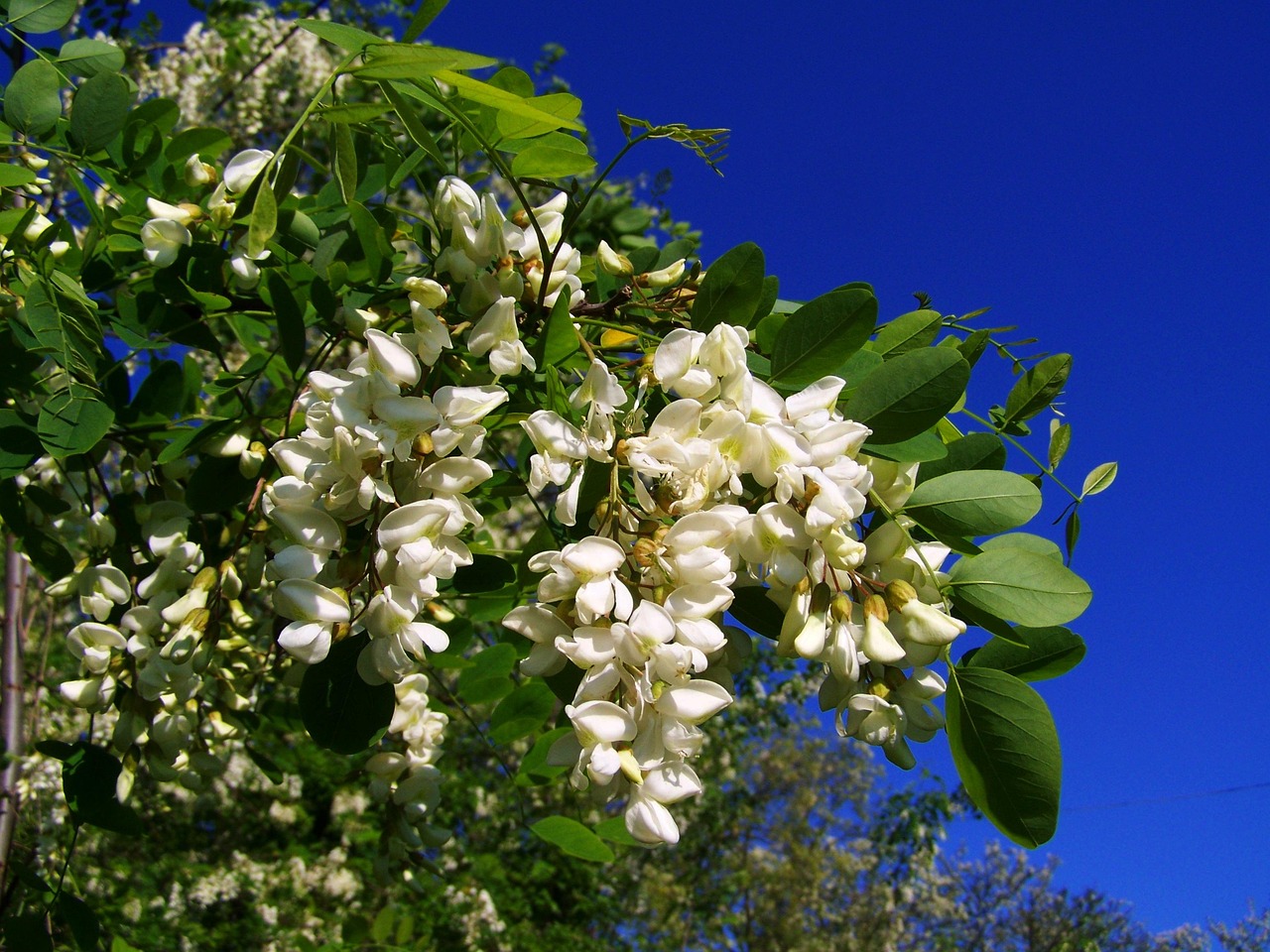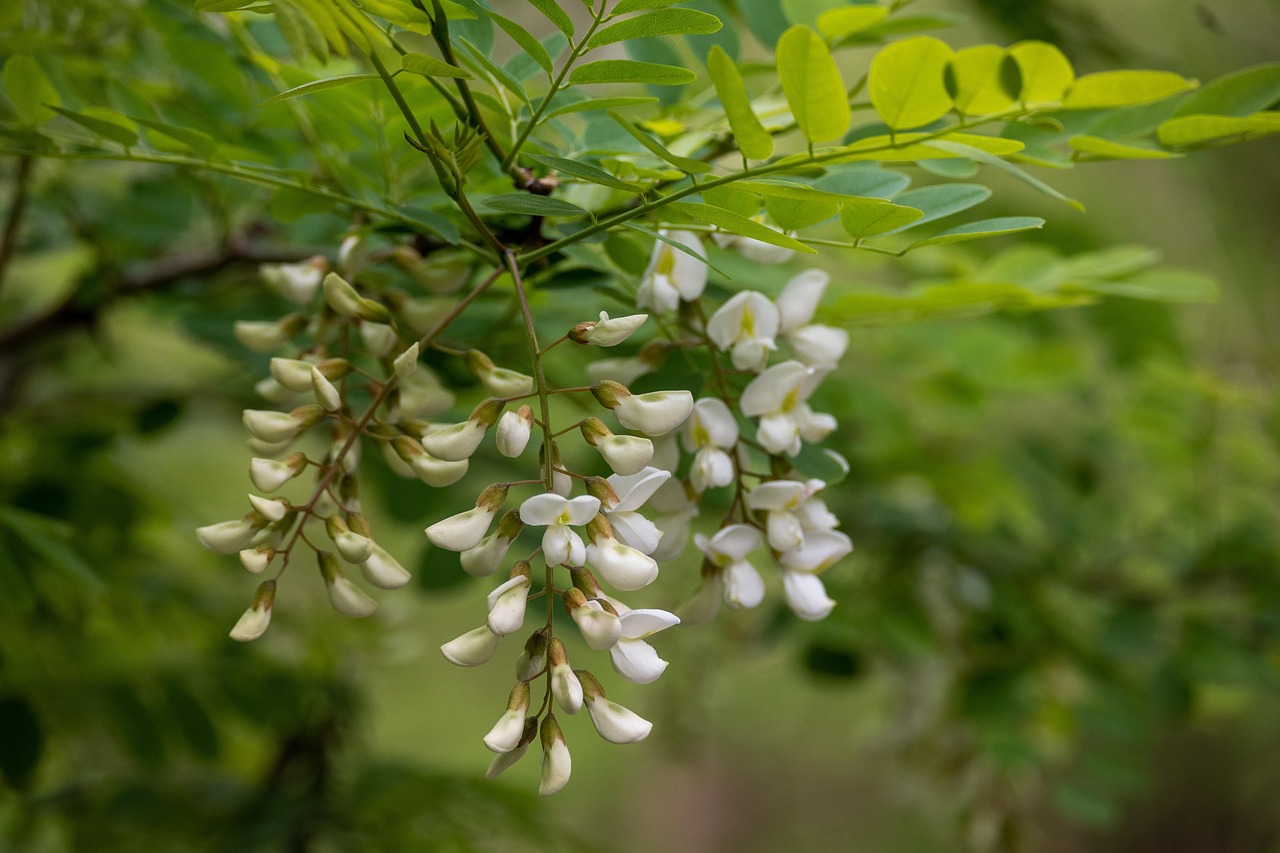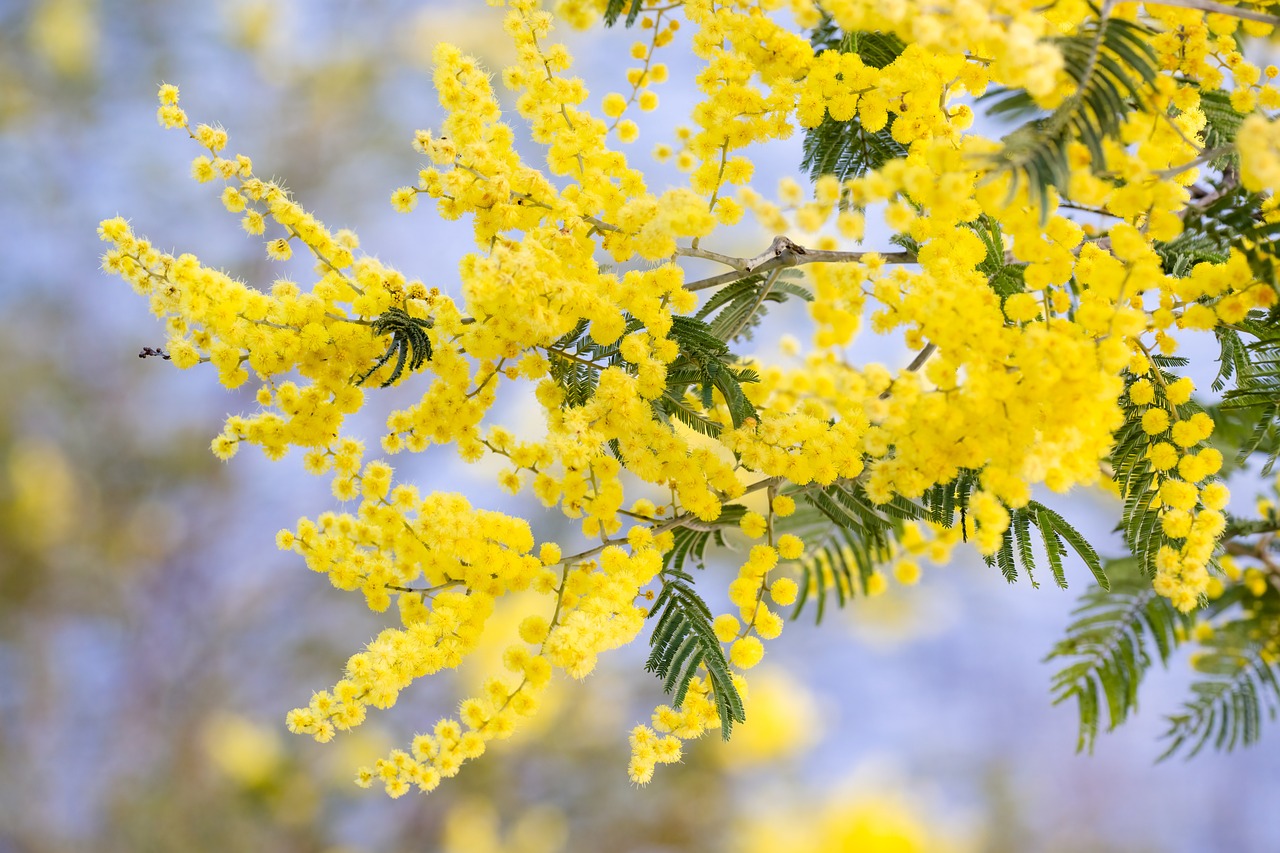Acacia trees are known for their rapid growth rates, typically achieving heights of 10 to 30 feet within 3 to 5 years. Their adaptability to various climates makes them ideal for sustainable planting initiatives.
Acacia trees belong to the Fabaceae family and are native to Australia, Africa, and parts of the Americas. They are celebrated not only for their beauty but also for their ecological benefits. These trees are nitrogen-fixing, which means they can enhance soil fertility. This quality makes them particularly appealing for reforestation and sustainable agriculture projects.

The growth rate of acacia trees can vary significantly based on species, environmental conditions, and care provided. Understanding their growth patterns is essential for successful planting and management. Below are some key facts regarding acacia tree growth rates:
| Acacia Species | Average Growth Rate (per year) | Typical Height at Maturity | Ideal Planting Zone |
|---|---|---|---|
| Acacia mangium | 3 to 5 feet | 60 to 100 feet | Tropical regions |
| Acacia dealbata | 2 to 3 feet | 30 to 60 feet | Mediterranean climates |
| Acacia senegal | 1 to 2 feet | 15 to 30 feet | Subtropical areas |
| Acacia koa | 2 to 4 feet | 50 to 100 feet | Tropical highlands |
Factors Influencing Growth Rates
The growth rate of acacia trees is influenced by several factors. Soil quality, water availability, and climate conditions play crucial roles. Additionally, the specific species of acacia can greatly affect how quickly a tree matures. For example, some species thrive in wet conditions while others prefer drier soil.
Soil type is a critical component of acacia growth. Well-drained loamy soil enriched with organic matter promotes faster growth. Conversely, compacted or poor-quality soils can hinder development, leading to stunted growth. Regular soil testing can help determine the best amendments needed for optimal growth.

Water availability is another vital factor. Acacia trees generally require moderate watering, especially during their early growth stages. However, established acacias can tolerate drought conditions better than many other species. This adaptability makes them suitable for areas with variable rainfall patterns.
Climate also plays a significant role in determining the growth rate of acacia trees. Most species thrive in warm climates and may not perform well in areas with excessive cold or frost. Understanding the temperature preferences of different acacia species can aid in selecting the right tree for a particular planting site.
Benefits of Fast Growth Rates
The fast growth rates of acacia trees offer numerous benefits for sustainable planting. They can quickly provide shade and habitat for wildlife, making them an excellent choice for reforestation projects. Fast-growing trees also help combat soil erosion by establishing root systems that stabilize the ground.

In addition to ecological benefits, acacia trees can be economically advantageous. They are often harvested for timber, which is used in furniture, flooring, and construction. Their rapid growth means that they can be sustainably managed without long waiting periods.
Furthermore, many acacia species produce flowers that are attractive to pollinators. This characteristic supports local biodiversity and contributes to healthier ecosystems. The flowers also have commercial potential for honey production, benefiting both beekeepers and the environment.
Sustainable planting practices involving acacia trees can lead to improved land productivity and biodiversity. As communities seek to restore degraded landscapes or enhance agricultural systems, acacia trees present a viable solution. Their fast growth rates can help achieve environmental goals more efficiently.

Common Species of Acacia Trees
There are over 1,300 species of acacia trees worldwide, each with unique characteristics and growth habits. Some species are more suitable for specific climates and purposes than others. Understanding these common species can help in selecting the right type for various planting projects.
Acacia mangium
Acacia mangium is one of the most widely planted acacia species. It is native to Australia and Southeast Asia and is known for its fast growth rate and adaptability. This species can reach heights of up to 100 feet in optimal conditions. It is often used for reforestation and timber production due to its high-quality wood.
Acacia dealbata
Also known as silver wattle, Acacia dealbata is native to Australia but has been introduced to various regions worldwide. This species typically grows between 30 to 60 feet tall and is recognized for its striking yellow flowers. It thrives in Mediterranean climates and is often used in landscaping and erosion control.
Acacia senegal
Acacia senegal is known for its resilience in arid conditions. This species is primarily found in Africa and is famous for producing gum arabic, a substance used in food and cosmetics. It usually grows to a height of 15 to 30 feet and can thrive in poor soil conditions. Its growth rate is slower compared to other species, typically reaching 1 to 2 feet per year.
Acacia koa
Native to Hawaii, Acacia koa is highly valued for its beautiful wood, which is used in furniture and musical instruments. This tree can grow up to 100 feet tall and has a moderate growth rate of about 2 to 4 feet per year. It prefers well-drained soils in tropical highland areas.
Planting Acacia Trees: Best Practices
To ensure successful growth and sustainability, adhering to best practices during planting is essential. Here are some guidelines for planting acacia trees effectively:
- Select the Right Species: Choose a species suited to your local climate and soil conditions.
- Site Preparation: Clear the area of weeds and debris. Ensure the soil is well-drained and enriched with organic matter.
- Spacing: Space trees adequately to allow for their mature size. Depending on the species, this can range from 10 to 20 feet apart.
- Watering: Water newly planted trees regularly until they are established. This may require more frequent watering in dry seasons.
- Mulching: Apply mulch around the base of the tree to retain moisture and suppress weeds.
- Fertilization: Use a balanced fertilizer during the growing season to promote healthy growth.
- Pruning: Prune young trees to encourage a strong structure and remove any dead or diseased branches.
Following these practices will enhance the chances of survival and promote healthy development for acacia trees.
Environmental Impact of Acacia Trees
The environmental benefits of acacia trees extend beyond their rapid growth rates. They play a crucial role in improving ecosystems. Here are some significant environmental impacts:
- Nitrogen Fixation: Acacia trees have symbiotic relationships with bacteria in their root nodules, allowing them to convert atmospheric nitrogen into a form usable by plants. This process enriches the soil.
- Erosion Control: The extensive root systems of acacia trees help stabilize soil, preventing erosion on slopes and riverbanks.
- Biodiversity Support: Acacia trees provide habitat and food for various wildlife species, including birds, insects, and mammals.
- Carbon Sequestration: By absorbing carbon dioxide from the atmosphere, acacias contribute to mitigating climate change effects.
These environmental advantages make acacia trees an attractive option for sustainable planting initiatives aimed at improving land health and biodiversity.
Pests and Diseases Affecting Acacia Trees
While acacia trees are generally resilient, they can be susceptible to certain pests and diseases that may hinder their growth. Awareness of these issues can help in managing and maintaining healthy trees.
Pests
- Aphids: These small insects can weaken trees by sucking sap, which may lead to leaf curl and reduced vigor.
- Scale Insects: Scale insects attach themselves to the bark and leaves, causing stress to the tree by feeding on plant fluids.
- Caterpillars: Various caterpillar species may feed on acacia leaves, leading to defoliation.
Diseases
- Root Rot: Caused by fungal pathogens, root rot can be detrimental if the soil is poorly drained.
- Powdery Mildew: This fungal disease appears as white powdery spots on leaves, which can impede photosynthesis.
Regular monitoring for signs of pests or diseases allows for early intervention, ensuring that acacia trees remain healthy and productive.
Acacia Tree Care and Maintenance
Proper care and maintenance are essential for the healthy growth of acacia trees. By following specific guidelines, you can ensure that your acacia trees thrive and contribute positively to the environment.
Watering Practices
Watering is crucial during the establishment phase of acacia trees. Newly planted trees require consistent moisture to develop strong root systems. Here are some watering practices to consider:
- Initial Watering: Water deeply immediately after planting to help settle the soil around the roots.
- Frequency: Water every week during the first growing season. This may be adjusted based on rainfall.
- Established Trees: Once established, acacia trees can tolerate drought conditions, but occasional deep watering will promote better growth.
Fertilization Techniques
Fertilizing acacia trees can enhance growth, especially in nutrient-deficient soils. However, it is essential to apply fertilizers correctly to avoid harming the trees. Consider the following tips:
- Soil Testing: Conduct a soil test to determine nutrient levels before applying any fertilizers.
- Type of Fertilizer: Use a balanced fertilizer with equal parts nitrogen, phosphorus, and potassium. Organic options, such as compost or manure, are also effective.
- Application Timing: Fertilize in early spring when growth begins, and again in mid-summer if needed.
Mulching for Healthier Growth
Applying mulch around the base of acacia trees offers numerous benefits. It helps retain soil moisture, suppress weeds, and regulate soil temperature. Here’s how to effectively use mulch:
- Selecting Mulch: Organic mulches like wood chips, straw, or grass clippings work well and decompose over time, enriching the soil.
- Application Depth: Apply a layer of mulch 2 to 4 inches deep around the base of the tree, avoiding direct contact with the trunk.
- Maintenance: Replenish mulch as it decomposes to maintain its effectiveness.
Pruning Techniques for Acacia Trees
Pruning helps shape acacia trees and removes dead or diseased branches. Proper pruning techniques promote healthy growth and improve overall tree structure. Follow these guidelines:
- Timing: Prune during the dormant season in late winter or early spring before new growth begins.
- Tools: Use clean, sharp tools to make precise cuts and minimize injury to the tree.
- Cutting Method: Make cuts at a slight angle just above a bud or branch junction to encourage proper healing.
Pest Management Strategies
Effective pest management is vital for maintaining healthy acacia trees. Employing integrated pest management (IPM) strategies can help control pests while minimizing harm to beneficial organisms. Here are some strategies:
- Cultural Controls: Promote healthy growth through proper care, which can make trees less susceptible to pests.
- Natural Predators: Encourage beneficial insects, such as ladybugs and lacewings, that feed on pests like aphids.
- Pesticide Use: If necessary, use organic pesticides as a last resort and apply them according to label instructions to minimize impact on non-target species.
Common Uses of Acacia Trees
Acacia trees offer various uses that make them valuable in both ecological and economic contexts. Here are some common applications:
- Lumber Production: The durable wood from acacia trees is highly sought after for furniture making, flooring, and cabinetry.
- Reforestation Efforts: Due to their quick growth, acacias are often used in reforestation projects to restore degraded lands.
- Agricultural Benefits: Farmers plant acacia trees as windbreaks or shade providers for crops, enhancing agricultural productivity.
- Cultural Significance: In many cultures, acacia trees hold symbolic meanings and are used in traditional medicine.
The Role of Acacia Trees in Agroforestry
Acacia trees play an essential role in agroforestry systems, which combine agriculture with tree cultivation. Their integration can provide multiple benefits:
- Nitrogen Fixation: By fixing nitrogen in the soil, acacia trees improve soil fertility for surrounding crops.
- Diversity Enhancement: Incorporating acacias into farming systems increases biodiversity, reducing vulnerability to pests and diseases.
- Erosion Control: The root systems of acacia trees help prevent soil erosion in agricultural areas.
The versatility of acacia trees makes them an excellent choice for sustainable planting practices that support both environmental health and agricultural productivity.
Economic Benefits of Acacia Trees
Acacia trees not only enhance the environment but also provide significant economic advantages. Their fast growth rates and various uses can contribute positively to local economies. Here are some key economic benefits associated with acacia trees:
- Timber Industry: The high-quality wood produced by acacia trees is in demand for furniture, flooring, and construction materials, offering opportunities for sustainable timber production.
- Gum Production: Acacia species such as Acacia senegal yield gum arabic, a valuable product used in food, cosmetics, and pharmaceuticals, generating income for communities involved in its harvest.
- Employment Opportunities: The cultivation and management of acacia trees create jobs in forestry, agriculture, and related sectors, contributing to economic stability.
- Ecotourism: Healthy acacia forests can attract tourists interested in nature and conservation, providing additional revenue streams for local communities.
Climate Resilience and Acacia Trees
As climate change continues to impact ecosystems globally, planting acacia trees can play a vital role in enhancing climate resilience. Here are some ways in which acacias contribute to this effort:
- Carbon Sequestration: Acacia trees absorb carbon dioxide from the atmosphere, helping to mitigate climate change by reducing greenhouse gas levels.
- Adaptability to Climate Variability: Many acacia species are well-adapted to a range of climatic conditions, making them suitable for various regions experiencing changing weather patterns.
- Restoration of Degraded Lands: Planting acacia trees can facilitate the restoration of degraded lands, improving their capacity to support biodiversity and agricultural productivity.
Cultural Significance of Acacia Trees
The cultural importance of acacia trees extends beyond their practical uses. In various cultures around the world, these trees hold symbolic meanings and are often featured in traditional practices. Some cultural aspects include:
- Symbolism: In many cultures, acacia trees symbolize resilience, strength, and renewal, making them significant in rituals and ceremonies.
- Medicinal Uses: Certain acacia species are used in traditional medicine for their healing properties, including treatment for ailments like inflammation and infections.
- Art and Craft: The wood from acacia trees is often used in crafting traditional artifacts and artwork, preserving cultural heritage.
Challenges in Acacia Tree Planting
While there are numerous benefits to planting acacia trees, some challenges need to be addressed to ensure successful growth and sustainability. Awareness of these challenges can facilitate better planning and management:
- Invasive Species: Some acacia species can become invasive outside their native habitats, outcompeting local flora and disrupting ecosystems.
- Pest and Disease Vulnerability: Acacias may be susceptible to specific pests and diseases that can threaten their health and productivity.
- Water Requirements: Although many acacias are drought-resistant, young trees require sufficient water during establishment. This can be a challenge in arid regions.
- Soil Compatibility: Certain acacia species may not thrive in all soil types; understanding soil conditions is crucial before planting.
Conclusion
The potential of acacia trees for sustainable planting is immense. Their rapid growth rates, ecological benefits, and economic advantages make them an ideal choice for reforestation and agroforestry initiatives. By improving soil health through nitrogen fixation, providing habitat for wildlife, and contributing to climate resilience, acacias play a multifaceted role in supporting both environmental sustainability and local economies.
Moreover, understanding the cultural significance of acacias enriches their value within communities worldwide. While challenges exist in the planting and management of these trees, awareness and proper practices can mitigate risks. As we move towards a more sustainable future, integrating acacia trees into our landscapes can provide long-lasting benefits for generations to come.
In summary, the commitment to planting acacia trees aligns with broader goals of environmental stewardship, economic development, and cultural preservation. Embracing these practices can lead us towards a harmonious balance between nature and human needs.
